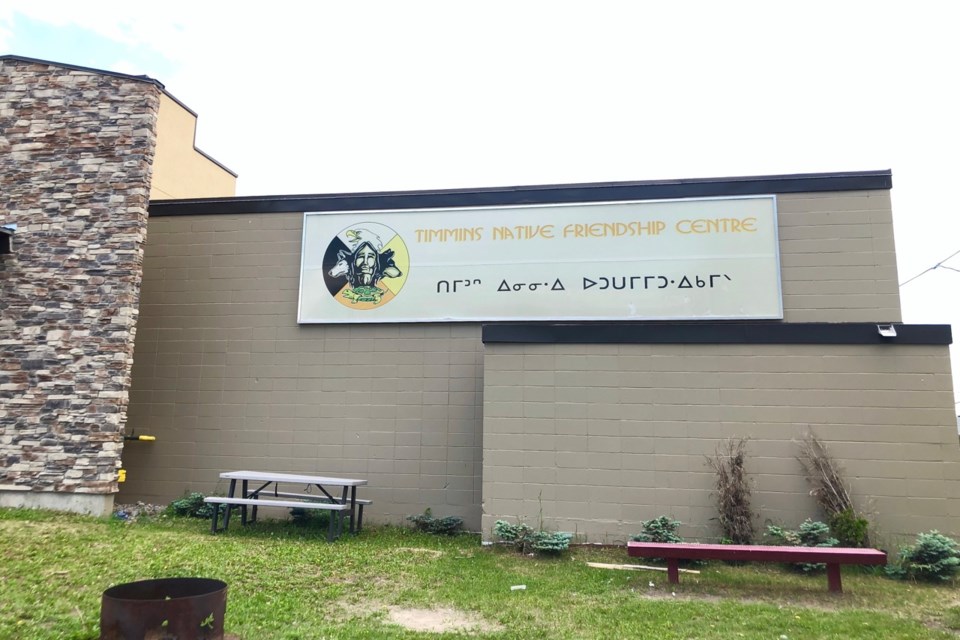Indigenous students are getting more chances to further their education with an alternative secondary school program.
The program that started 10 years ago is expanding with the addition of a second teacher. The focus is to give Indigenous students who have struggled within the education system a chance to learn in a more culturally focused way.
“The intent is to help students that are having trouble adjusting to mainstream education,” said Mickayla Bird, executive director of the Timmins Native Friendship Centre. “We exist because our clients needed support to transition into an urban society, so this mirrors that same aspect for youth in high school.”
The program is a partnership between the Timmins Native Friendship Centre, District School Board Ontario North East (DSB1), Timmins High and Vocational School and the Ministry of Education. It's open to students aged 16 to 21 who have had challenges adapting to the education system.
There are co-ops and part-time options available. Currently, there are 25 students enrolled.
“The intent is that we want youth to try the mainstream system, and for whatever reason, it’s not working out, and there needs to be some adjustments,” said Bird. “That’s where our program comes in.”
The program is hiring a second teacher, and as it continues to attract students, the friendship centre is looking for ways to make sure those students are given all the help and services they need to complete their education.
“We’re very creative in how students can gain their credits,” said Bird. “
The program is as personalized and individualized as each student needs it to be, said Bird, and it can adapt to changing needs and interests.
“We really try to incorporate the culture into the curriculum, so that could be a medicine walk in the community, ribbon skirt making, ice fishing, kayaking,” she said. “We’re trying to expand our services to our students, so the students have access to wrap-around supports based on their needs.”
Bird says that whatever support the students need to succeed, the friendship centre is there for them.
“We had a student who was a young mother who was breastfeeding at the time, so her child was enrolled in our childcare centre, so she had access any time she needed to feed her baby,” said Bird.
Transportation, meal programs and emergency services are all offered as well.
“If it’s a youth worker they want to go see, if its recreational activities that they want to attend, they have that support at the friendship centre,” said Bird. “It’s that sense of community that we try to offer.”
The school board is excited to see how the program helps students and hopes to apply some of the lessons to their own program, said DSB1 director of education Lesleigh Dye.
“The pride in education and culture coming together is beautiful,” said Dye.
The future of the program looks bright, and as they continue to grow, there are some details to work out between the friendship centre and the school board.
“It’s just a matter of how to figure out if we have to break away from having the services in-house, as we expand,” said Bird. “There’s been an increase in need, but it’s just a matter of space.”
Dye said that they need to think outside the box sometimes to make sure everyone involved gets what they need to complete their diploma.
“We want to expand the paid co-ops as well because that lets there be more students in the program,” said Dye. “We want to see everyone who enters the program to complete the program, and they graduate with their timing.”
Bird feels fortunate to witness the growth in the students and the program.
“When thinking about success, I see the students who are graduating, to see that there are more students willing to talk at their graduation, watching them share about their experience,” said Bird. “It is amazing.”



